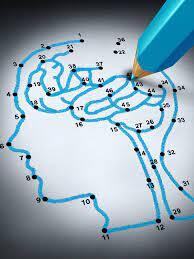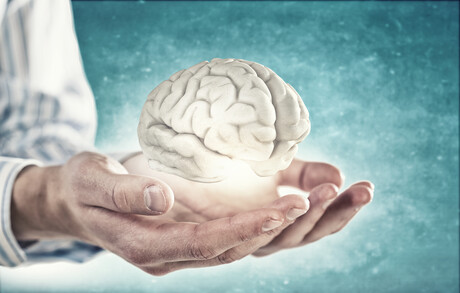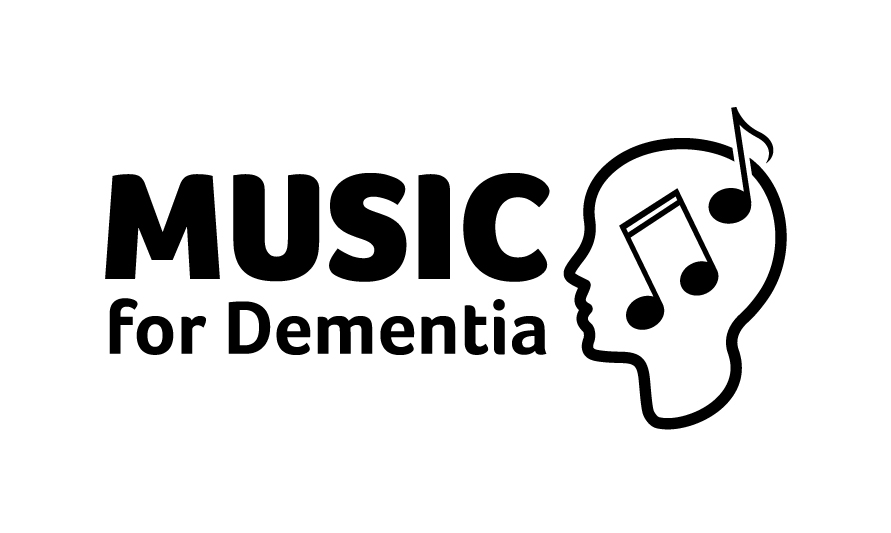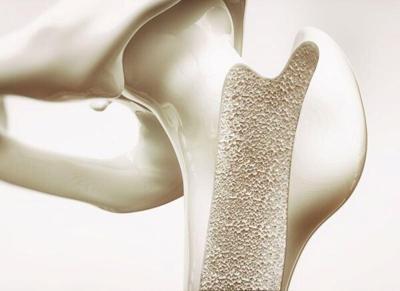Hearing aids may almost 50% lower the risk of dementia.
The effect of hearing aids on slowing cognitive decline was studied in the largest clinical research to date.
Researchers discovered a 48% decrease in risk among those who were at an increased risk of dementia. The findings contribute to the body of knowledge on the relationship between hearing loss and cognitive decline.
According to the National Institute on Ageing, someone worldwide gets dementia, a group of illnesses that damage the brain. Also, result in cognitive decline and memory loss, every three seconds.

Alzheimer’s disease (AD) is the most prevalent form of dementia.
Dementia can occur for a variety of reasons, and there are a number of risk factors for dementia as well. Hearing loss is one of them. Hearing loss and a higher risk of dementia have been linked in previous studies.
The largest clinical experiment to look into whether a hearing loss therapy intervention can lessen a person’s risk for cognitive decline has now been completed. The results have been published by researchers from the Ageing and Cognitive Health Evaluation in Elders (ACHIEVE) study.
Researchers showed that using a hearing aid and getting support and counselling from an audiologist significantly reduced cognitive deterioration in individuals in a higher-risk subgroup by 48%.
Recognising those who use hearing aids
The study discovered differences in hearing aid usage based on geography, gender, and ethnicity.
Nearly 115,000 adults over the age of 66 who had hearing loss and insurance coverage from a significant. Also, private insurance firm between 2008 and 2016 were studied using data from these individuals.
Participants were followed up on by the team 3 years after their diagnosis and one year prior.
Men were more likely to use hearing aids if they had hearing loss. In actuality, 13.3 percent of men and 11.3 percent of women purchased hearing aids.
Additionally, 13.6% of white persons, 9.8% of African Americans, and 6.5 % of those of Latino descent received a hearing aid.
Nearly 37% of hearing-impaired Americans who wore hearing aids resided in the north-central region of the nation, compared to 5.9% of persons in the mountain states.
Those who wore hearing aids had an 18% decreased chance of receiving a dementia diagnosis within three years of a hearing loss diagnosis (including Alzheimer’s disease).
Hearing aid users had a 13 percent lower likelihood of receiving treatment for injuries sustained from falls and an 11 percent lower risk of receiving a diagnosis of depression or anxiety by the end of the three-year period.
The study’s findings, ACHIEVE
Participants in the ACHIEVE study range in age from 70 to 84, have mild to moderate hearing loss that is untreated, and do not have significant cognitive impairment. Four American locations were used to carry out the study.
977 individuals in all were recruited for the study. About 740 of them were recently recruited healthy community participants. The Atherosclerosis Risk in Communities (ARIC) study has about 240 participants.
Researchers found that participants in the ARIC group had more cognitive risk factors, poorer baseline cognitive scores, and a faster rate of cognitive deterioration over the course of the study’s three years than the other participants.
One group of participants underwent a three-year intervention that included receiving hearing aids, a self-management “toolkit” for hearing loss, and regular training and counselling with an audiologist.
Only speaking sessions with a health educator to address the prevention of chronic diseases were provided to the control group.
After three years, researchers discovered that ARIC study participants who received hearing aids and intervention had decreased the rate of their cognitive loss by 48%.
The ACHIEVE study’s co-principal investigator, Dr. Frank Lin, a professor at the Bloomberg School of Public Health and the Johns Hopkins University School of Medicine, said, “A 48% reduction in cognitive deterioration is significant, and we were happy to learn that the benefit was so big.”
How are hearing loss and cognitive deterioration related?
Dr. Lin claims that it has been well established for more than ten years by researchers that hearing loss significantly increases the risk of dementia and cognitive decline.
But he continued, “We didn’t know if treating hearing loss may actually slow cognitive deterioration and perhaps even cut the likelihood of dementia.”
Dr. Lin outlined three key factors that shed light on why dementia and hearing loss may be linked:
“First, hearing loss causes speech and sound to be muddled before they reach the brain, which makes it harder for the brain to understand the signals coming from the ear. The brain’s capacity to sustain thinking and memory is therefore reduced.”
Second, hearing loss depletes the areas of the brain that are normally activated by speech and sound, which can result in atrophy and modifications to the brain’s structure and function.
Thirdly, communication difficulties brought on by hearing loss might result in social isolation, another dementia risk factor, according to Dr. Frank Lin, co-principal investigator of the ACHIEVE project.
This is not the first study to look into the relationship between dementia, hearing loss, and hearing aids.
According to a 2022 study, wearing hearing aids may slow the cognitive impairment brought on by hearing loss.
Additionally, an observational study released in April 2023 discovered hearing loss was linked to a higher risk of dementia, and that utilising hearing aids may potentially help reduce that risk.
Additional proof that treating hearing loss enhances cognitive
Dr. Courtney Voelker, a board-certified neurotologist and the director of the Adult & Paediatric Cochlear Implant Programme at the Pacific Neuroscience Institute at Providence Saint John’s Health Centre in Santa Monica, California, commented on the study after reading it and said that it is an exciting study that provides additional proof that not only is hearing loss connected to cognitive decline as we age, but that we can also take action to prevent it.
According to her, there is growing evidence, which includes this study, that treating hearing loss aggressively can enhance cognition. This treatment may include cochlear implants or hearing aids, depending on the severity of the hearing loss. And it’s really exciting.
Dr. Voelker claimed that when discussing cognitive decline with her patients, she emphasises the significance of maintaining brain neuron activation and stimulation.
“And it’s very interesting patients really respond to this,” she added. “People who may have initially been reluctant to adopt hearing aids take the possibility of developing cognitive dementia very seriously when making their choice.” He also explains to patients why we allow people to go without hearing aids even though we would never allow someone to go without glasses if they had vision problems. Additionally, patients appear to connect with that parallel. According to neurotologist Dr. Courtney Voelker, “We want our hearing to be as crisp and clear as our vision is with glasses.”
Understanding hearing loss
The World Health Organisation (WHO) estimates that 20% of people worldwide have some form of hearing loss.
There are several reasons why someone could lose their hearing, including:
- exposure over time to loud noises
- hearing loss
- destruction of the inner ear
- a torn eardrum
- a history of hearing loss in the family
- some diseases, such meningitis, that raise the body’s temperature
- a few medicines
Furthermore, hearing loss becomes more prevalent as we age, with the majority of cases typically happening beyond the age of 60.
Hearing loss can be either temporary or permanent, depending on the circumstances. There is currently no solution for age-related hearing loss, and it may get worse with time.
REFERENCES:
- https://www.medicalnewstoday.com/articles/hearing-aids-reduce-dementia-risk-achieve-study
- https://www.healthline.com/health-news/hearing-aids-can-cut-down-on-dementia-depression-risk
- https://www.nytimes.com/2020/02/20/magazine/hearing-loss-dementia-alzheimers.html
For Alzheimer’s disease medications that have been suggested by doctors worldwide are available here https://mygenericpharmacy.com/index.php?cPath=77_478








